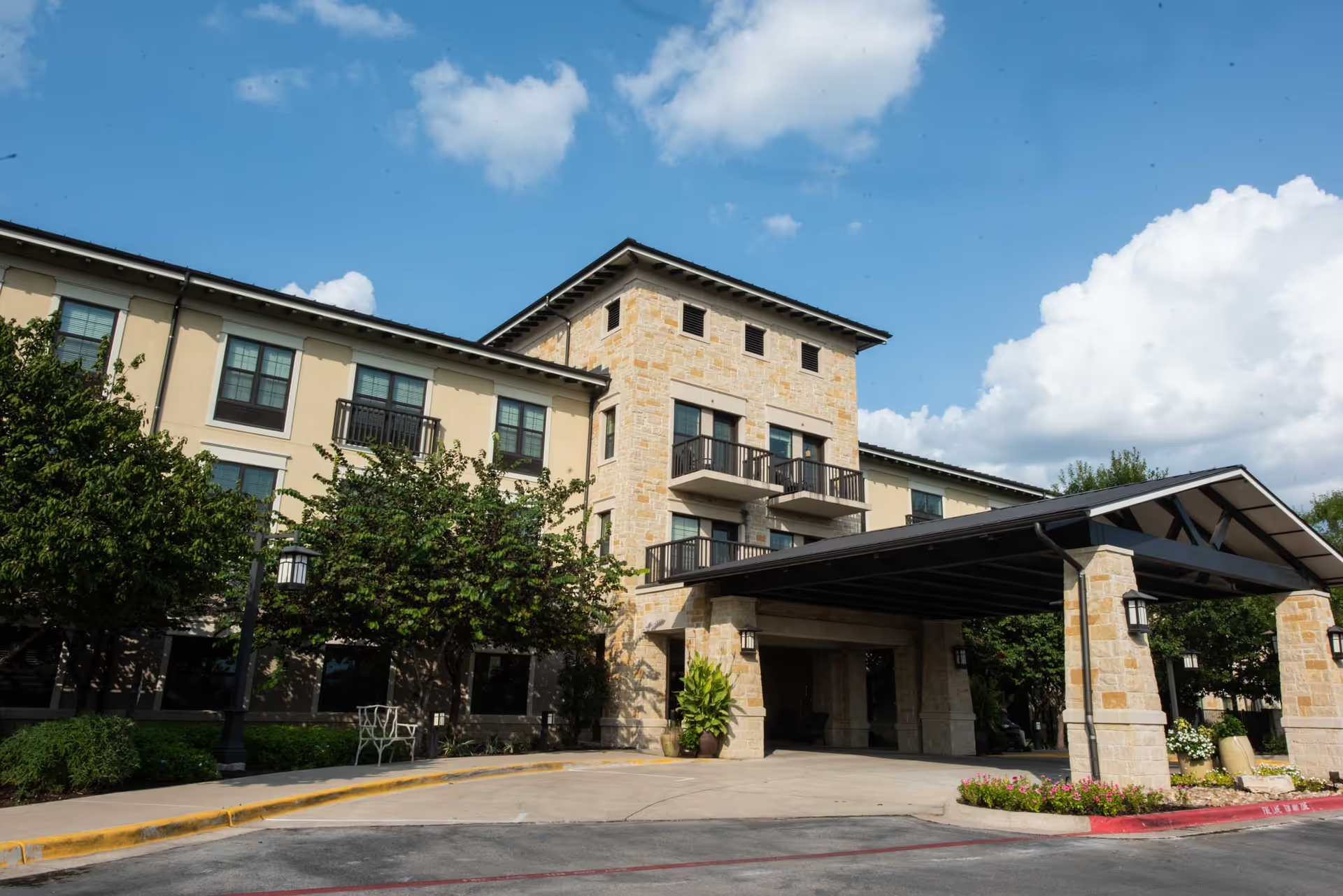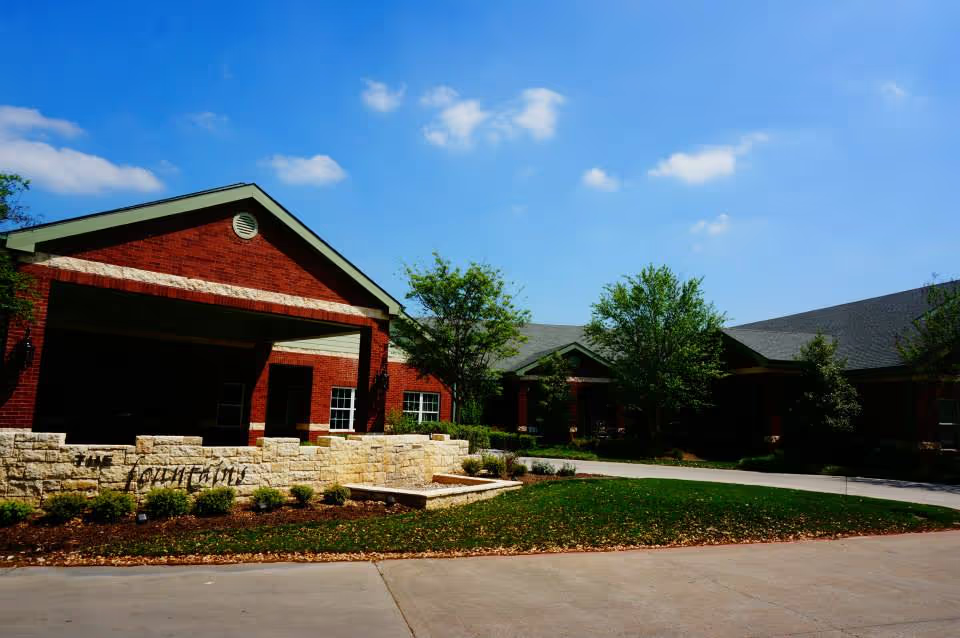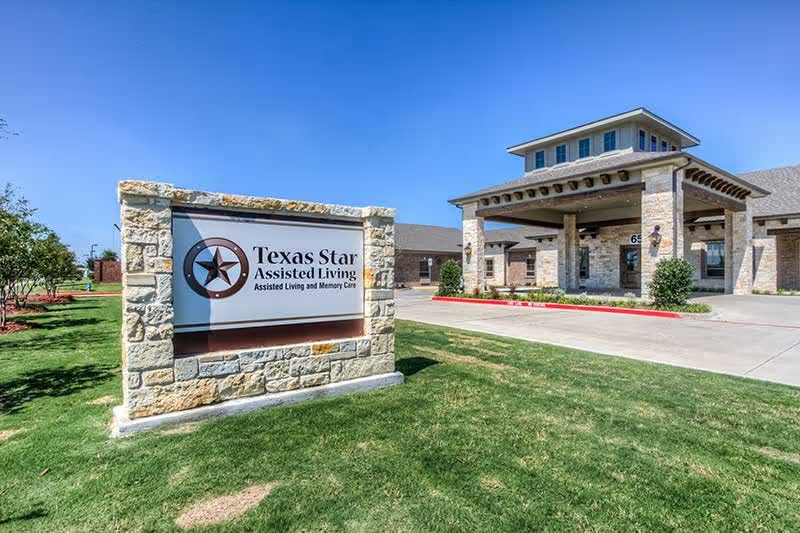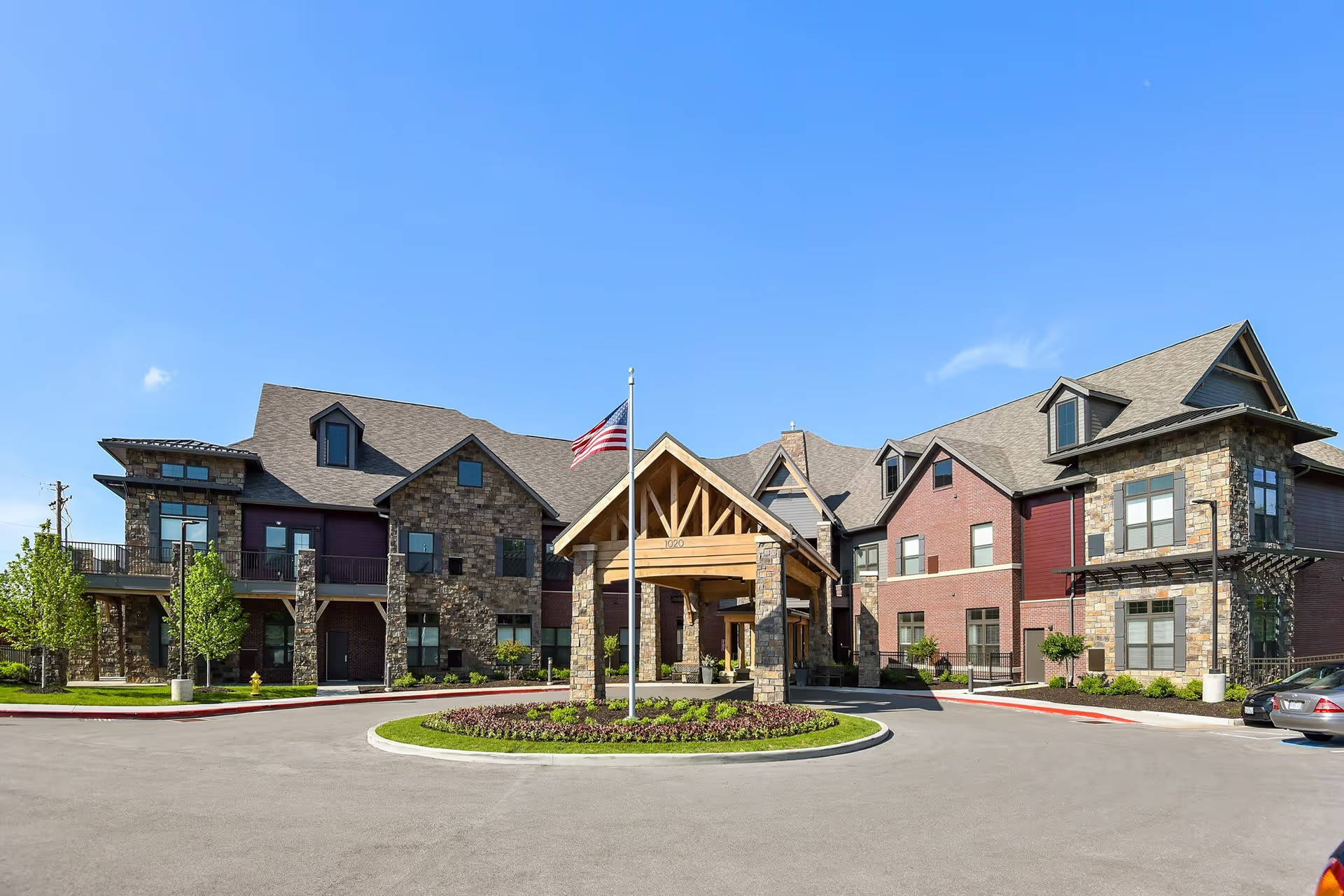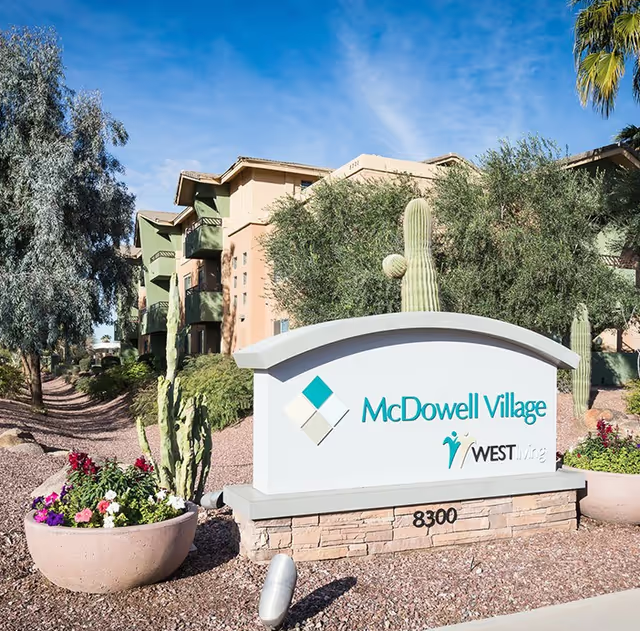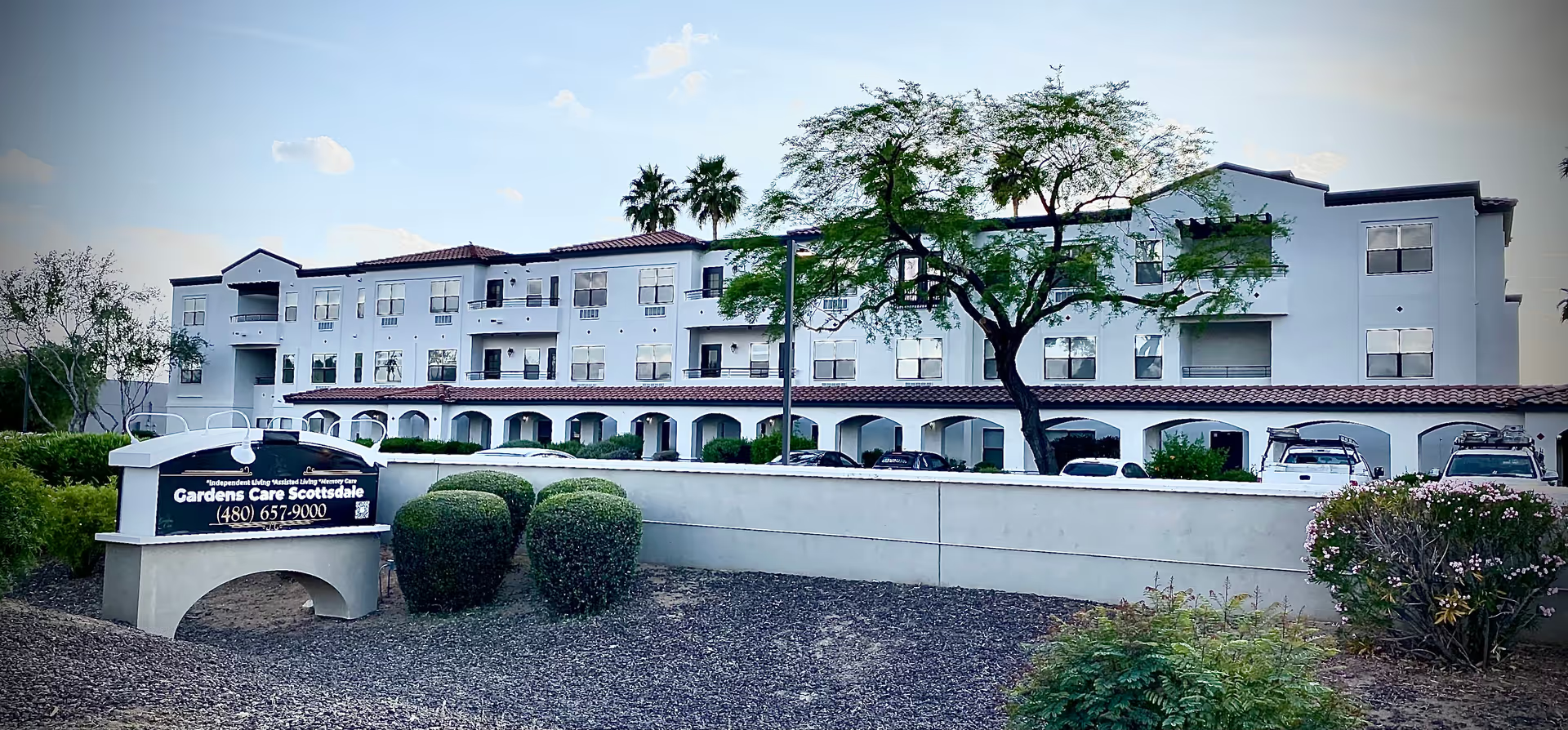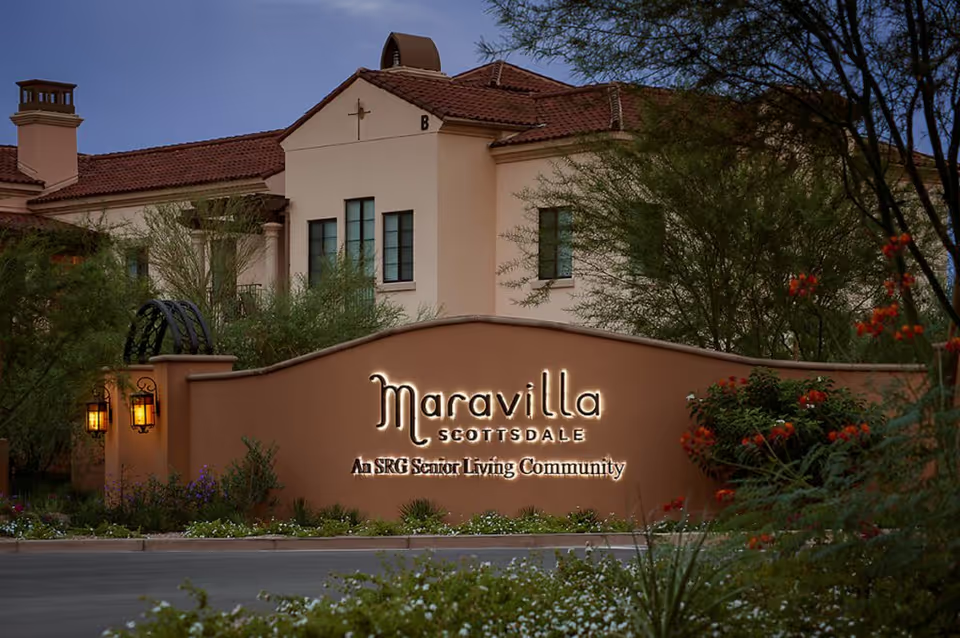Overall sentiment in the reviews is highly mixed, with strong polarization between families who experienced compassionate, effective care and those who reported serious safety and quality problems. Multiple reviewers praised the facility’s physical appearance, many staff members, and especially the therapy and activities teams, describing a healing-focused rehabilitation approach and successful preparation for discharge home. At the same time, a substantial number of reviewers reported inconsistent or declining care quality, understaffing, and clinical lapses that raised safety concerns.
Care quality and safety emerge as the central themes with wide variance. Positive accounts emphasize knowledgeable nursing and therapy teams, attentive rehabilitation, frequent daily interaction, and an active activities program that encourages engagement through current events, games, and individualized therapy. These reviewers credit long-tenured staff, helpful nurse practitioners, and social services for good coordination and family communication during stays. Conversely, negative reports describe missed doctor orders, inadequate bathroom assistance, failure to clean tracheas or respond to alarms, falls without notification, emergency room transfers, and at least one reported patient death. Such serious clinical lapses, plus allegations of fraud and neglect, indicate that care standards may be inconsistent and can occasionally fall far below expectations.
Staffing, consistency, and management are recurring concerns. Several reviewers report understaffing, slow call-bell responses, lazy or inattentive CNAs, and high staff turnover that correlate with a perceived decline in care quality over time. Others note recent administrative changes that led to improvements, suggesting the facility’s performance can shift with leadership and staffing adjustments. Communication is similarly mixed: some families praise front office staff and social services for being welcoming and available, while others describe poor communication with family members (including those in the medical field) and unresponsive social workers. Specific management issues were cited, including abrupt Medicare/administration interactions and billing disputes.
Facility, cleanliness, and environment show both strengths and weaknesses. Many reviews describe a beautiful facility, clean public areas, attractive entrance, and pleasant grounds. Several reviewers said staff went the extra mile during COVID-19 and that the facility appeared up-to-date and well-run. However, other accounts describe urine odors in hallways, soiled linens, inconsistent room cleanliness, outdated mattresses, small TVs, and an institutional atmosphere for some residents. These divergent accounts reinforce the pattern of variable experiences depending on unit, shift, or timing.
Dining and activities also produce split feedback. Positive reviewers enjoyed good food with options and praised the activities department as engaging and supportive of recovery. Negative reviewers reported poor meal quality (prepackaged/frozen), meals unsuitable for dietary restrictions like diabetes, and a general lack of meaningful activities for some residents. COVID-related changes to menu and visitation have also influenced perceptions of dining and engagement.
Billing and administrative matters are additional red flags in a subset of reviews. There are complaints about overbilling, unexpected large bills after discharge, and uncertainty about pricing and private-pay costs. These financial concerns, combined with reports of abrupt administrative behavior, suggest families should closely review billing practices and discharge paperwork.
Taken together, the reviews portray a facility with clear strengths — particularly in therapy, some compassionate staff, and attractive physical space — but also significant and recurring weaknesses around staffing consistency, clinical safety, communication, and dining. The variability suggests the facility can and does provide very good care at times, but that performance is uneven and can deteriorate with staff turnover or changing administration. For prospective residents and families, these patterns imply the importance of: visiting in person to observe current staffing and cleanliness; asking specific questions about nurse-to-patient ratios and recent incidents; reviewing the facility’s most recent inspection and staffing records; clarifying billing and insurance details up front; and preparing to advocate actively for care if needed. The facility shows potential and has favorable aspects to build on, but the frequency and severity of negative reports warrant caution and careful, ongoing oversight by families during any stay.
